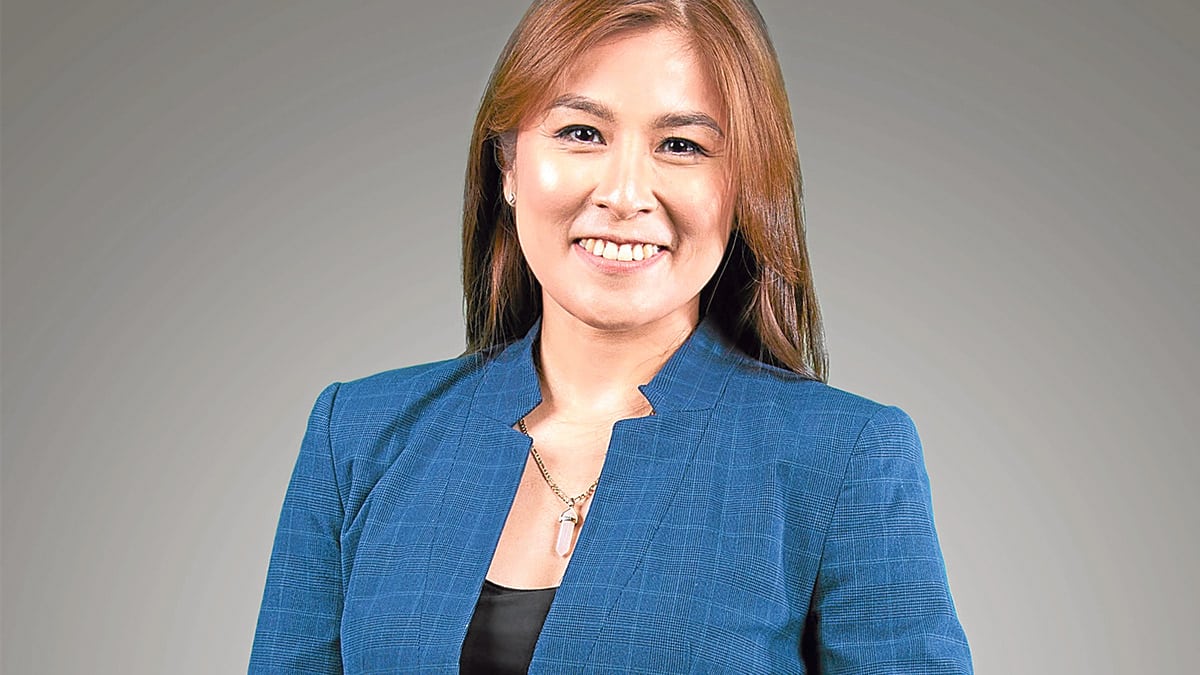It is said that when change is coming, some build walls while others build windmills. Leaders may build walls to strengthen or protect institutions against changes, while other leaders put up or relocate windmills to harness the opportunities that come with change.
In November this year, the US elections will introduce a change in leadership in the most important economy and financial market in the world.
Two narratives are competing, with US voters choosing either “The Rise of Kamala Harris” or “Trump 2.0.” The elections, so far, have been dramatic considering firstly, how the first debate opened the door for Vice President Harris to replace President Biden as the Democratic candidate; secondly, the assassination attempt on former President Donald Trump strengthened voter support; and thirdly (and more recently), the poll ratings showing a surge of positive voter sentiment toward Vice President Harris. Clearly, sands shift quite rapidly in this campaign period.
Investors, however, need to decide despite the air of ambiguity. Because this is Trump 2.0, investors are more familiar with the policy approach of the Republican candidate. And while Vice President Harris is gaining on voter sentiment, the economic platform is still taking shape, and the default view would be that it is a continuation of the Biden administration’s programs and initiatives.
Economic policies
Tax policy is a key issue in the campaign. While we would expect either candidate to push for more federal spending for growth, it is likely that it would be via tax cuts. It is known that the Trump 1.0 tax cuts are set to expire by end-2025. There is a high chance that these will be replaced or extended by the administration-elect, but there are fiscal constraints that need to be considered by investors.
Harris is seeking to address the impact of inflation on the cost of living with subsidies for first-time homebuyers, tax credits for families with infants and price controls. There is also a proposal to increase corporate taxes to foot the bill or manage the US fiscal space.
Immigration policy and a potential increase in the minimum wage are also issues local investors are considering because, along with a change in tax policy, the impact on the Philippines will be via overseas Filipino worker (OFW) remittances. The US continues to be a large source of OFW dollars to the Philippines. The dynamics of these three issues could, on one hand, benefit US consumers’ disposable incomes. This would be a positive not just for remittances to Philippine beneficiaries but also for global trade. In this case, we prefer companies that are primed with, or continue to build, windmills that capture the winds that push for more robust domestic consumption.
However, trade is a potential source of risk for the global supply chain. The experience with Trump 1.0 is that trade policy is more inward-looking. There are concerns of higher tariffs and trade barriers to protect US employment, production, and technology. The Philippines, like the other trading partners of the US, will have to navigate the global trade walls that could be built over the next four years.
There may be a difference in policy between the two parties on energy. Democrats are more supportive of a shift to renewable energy, while Republicans may prefer a slower transition. While the impact of this may be less, the magnitude of the energy policy decision on climate change is something local investors need to consider.
PSEi fair value
A primary consideration is whether US foreign policy, specifically with respect to US-China and US-Philippines, would change. The continuation or divergence would have implications for the situation in the West Philippine Sea, foreign direct investment outlook, and regional trade.
While the US elections will be a good topic for strategic discussions, the nature of the Philippine stock market is that it is more sensitive to domestic factors such as inflation and the direction of the exchange rate. In this aspect, we see opportunities in the market today and are expecting the Bangko Sentral ng Pilipinas’ rate cuts to narrow the risk premium for the market, and along with healthy earnings growth and improved valuation multiples, which should allow the Philippine Stock Exchange index (PSEi) to reflect a fair value at 7,400. If the Federal Reserve starts cutting rates this quarter, this will release global liquidity that can find its way to emerging markets like the Philippines.
With the costs of doing business in the Philippines beginning to ease this month, there is reason to believe that institutional and foreign investors will begin to seek bargains in the market, and finally unlocking such companies’ deep values.
Investors should keep their windmills ready when this happens. INQ Sandra Araullo is chief investment officer at ATR Asset Management. She is a CFA
charterholder and a former member of the board of trustees at CFA Society Philippines. She has a master’s degree in physics from the University of the Philippines.
